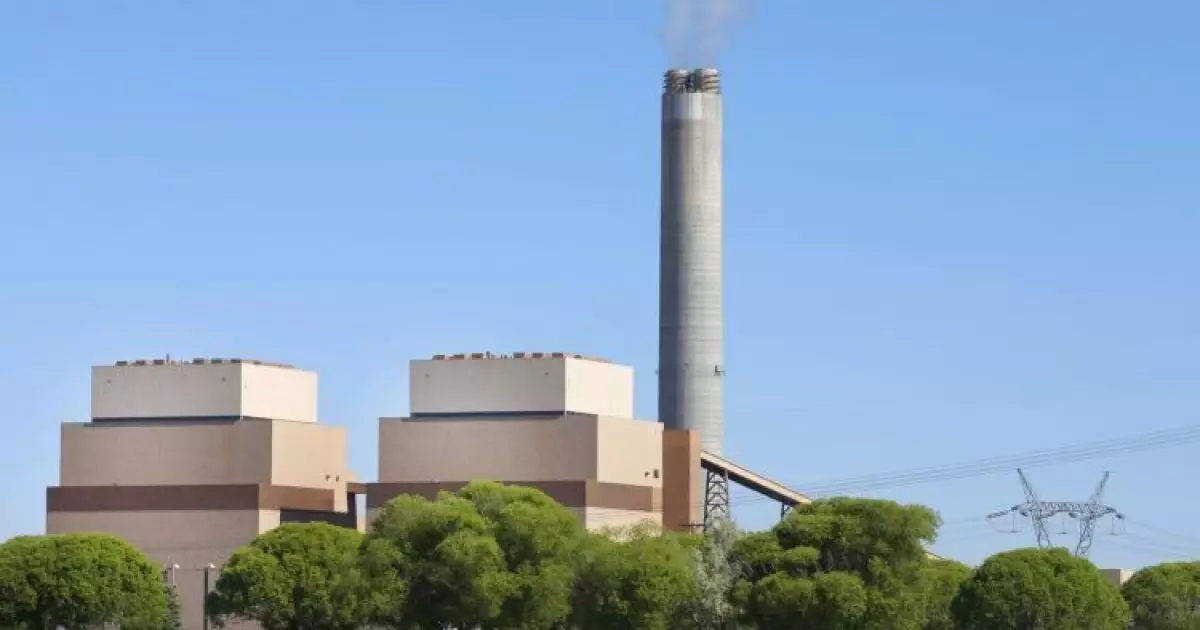In an era increasingly defined by the urgency of combating climate change, the Intermountain Power Agency (IPA) in Utah is embarking on a significant transition from traditional coal-fired energy to cleaner alternatives. This move is not just a matter of regulatory compliance or public sentiment; it is a pivotal step in ensuring sustainable energy for future generations, as well as maintaining the financial integrity of the agency. As part of this transition, the IPA is undertaking a $114.6 million bond sale that is set to bolster its financial footing while continuing to navigate legislative hurdles.
The recent amendments to a 2024 law by Utah state lawmakers, which enable the Intermountain Power Project (IPP) coal units to remain operational beyond their scheduled decommissioning date in July 2025, have sparked mixed reactions. On one hand, these amendments serve to protect nearly $2 billion in bonds previously issued by the IPA in 2022 and 2023. This decision, while financially prudent from the agency’s perspective, raises questions about the state’s long-term energy strategy. “We appreciate the legislature’s efforts to amend past legislation,” stated IPA General Manager Cameron Cowan, indicating a collaborative spirit between the agency and the legislature. However, the reality remains that extending the life of coal units poses substantial environmental ramifications and could undermine broader clean energy goals.
The upcoming bond sale has garnered attention from major credit rating agencies, with Fitch Ratings assigning an AA-minus rating and Moody’s Ratings giving an Aa3 rating. These ratings reflect not only the IPA’s financial viability but also recognize its valuable partnership with the Los Angeles Department of Water and Power—the largest municipal utility in the United States. Fitch’s forecast of a stable outlook signifies confidence in IPA’s ability to navigate its transition, though it also underscores the challenges that face the agency, including obtaining new air permits and water rights crucial for the ongoing operation of the coal facilities.
Historically, the IPA’s financial activities have been closely linked to the health of its coal operations. The agency’s previous bond sales amounting to over $1.6 billion in 2022 and 2023 reflect a robust initial push toward cleaner energy. Cowan emphasized that while additional debt for the transition project is not anticipated beyond the forthcoming sale, the dynamic nature of energy markets means that unforeseen circumstances could prompt further borrowing. This situation exemplifies the delicate balancing act that the IPA must perform—investing in sustainable energy while managing traditional assets that are becoming increasingly obsolete.
The IPA’s pivot toward cleaner fuel sources, including natural gas and hydrogen, is not only imperative for compliance with California’s stringent renewable energy requirements but also an opportunity for innovation in energy generation. The potential to diversify energy sources signifies a broader commitment to environmental stewardship and economic sustainability. As the California power purchasers look to align with their renewable energy targets, the success of the IPA’s transition will depend on its capacity to deliver reliable, green alternatives that stay resilient against market fluctuations and regulatory changes.
While the IPA’s decision to hold onto coal operations might raise eyebrows, the comprehensive strategy unveiled through the upcoming bond sale encapsulates an ongoing commitment to a cleaner energy landscape. This multifaceted approach necessitates sustained collaboration between the IPA, state legislators, and its power purchasers, ensuring that while traditional methods are phased out, the transition to sustainable energy remains robust. The coming years will be critical as the IPA navigates these transformative waters in pursuit of an energy future that balances economic interests with environmental fare.


Leave a Reply